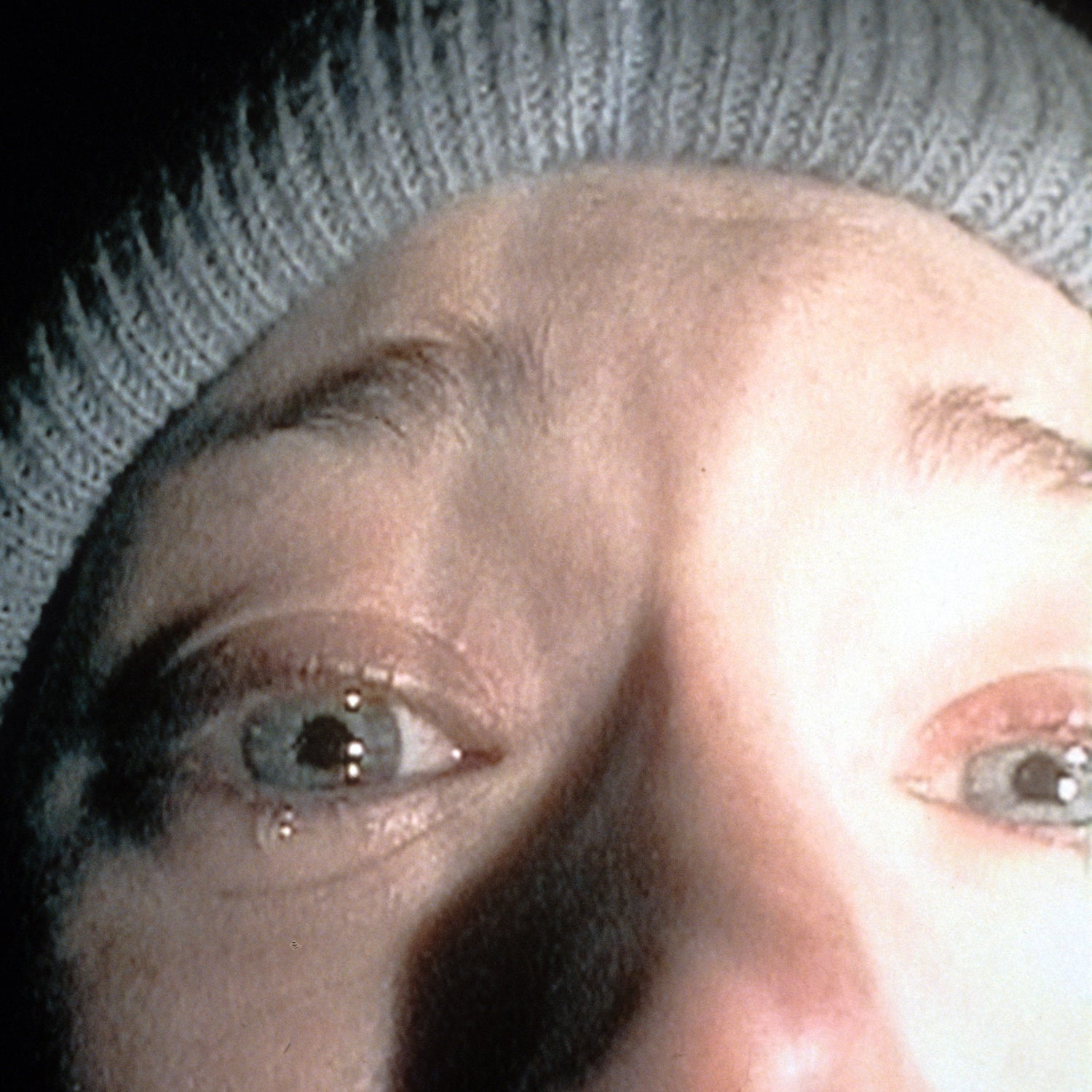In the 1999 horror flick The Blair Witch Project, three college students hike deep into the woods of Burkittsville, Maryland, a bleak forest allegedly haunted by a witch. On the sixth morning, two of the group members wake to find the other missing—Josh, the alpha male of the group. You'll probably remember this part: the last we see of Josh is a bloody collection of body parts—hair, teeth, tongue—tied to a bundle of sticks and wrapped inside scraps of his flannel shirt.
Common sense says we should learn from the Joshes of the genre, but more than that, we should pay attention to the tactics of anyone who makes it out alive. Horrors visited upon victims in the wilderness tell us to be wary of something less obvious than just bears and tent slashers. So what is it?
In America, we have a thing for glorifying those who charge God-like into the chaos of the wilderness and erect order. The 19th-century historian Frederick Jackson Turner, in his Frontier Thesis, described this enterprising attitude as “dominant individualism.” Teddy Roosevelt called it “rugged individualism.” The kids of The Blair Witch Project (and its two sequels, one of which premiered in September) are cast in this mold. They plunge into a wilderness with their cameras, hoping to map, plot, and make sense of the space.
Whether nature is cast as the unforgiving setting or actively evil, it is hubris that gets people killed here.
There's an underlying dynamic present in a lot of horror films set in the outdoors: a group of ignorant city folk returns to nature (intentionally, for a trip, or unintentionally, as moored passersby), and nature responds in kind, upending our concept of the fearless individual. Sometimes, it adopts a more disinterested role: “You abandoned me for civilization, now I don't really care what happens to you.” Take the well-known 2006 film The Hills Have Eyes: a road-tripping family becomes stranded in the New Mexico desert, a landscape that serves as a neutral (albeit barren and unforgiving) host to the torture the family endures from the hills’ mutant-like inhabitants.
Other times, nature adopts an attitude of entitled retribution toward those who left it for modern luxuries. Look no further than one of the most well-trod plot points in the genre: when technology fails as salvation. In The Ruins, a movie about carnivorous vines that mark victims for death and tear them apart, the doomed group enters an ancient temple hoping to find a working cell phone. (Turns out those sneaky vines are harmonizing to make the sound of a ringtone.) In Blair Witch, the kids try to use a hovering camera to find a way out of the woods. Guess how that turns out.
“Nature is already a terrifying force,” says Jonathan Barkan, horror aficionado and managing editor of the blog . “It’s not that people have shunned nature—it’s that they forgot or grew up from the stories that scared them as children. They don’t respect it.” Whether nature is cast as the unforgiving setting or actively evil, it is hubris that gets people killed here.��Those who are rewarded in outdoor horror (by not dying, ideally, or by dying last, something of a Pyrrhic victory) are those who abide by their “gut instinct from millions of years of evolution.” That gut instinct is the fear that says, Nature has bested you, so wise up while you still can.��
Think Alan Grant, the paleontologist in Jurassic Park who's rightfully terrified of velociraptors. Or Arnold Schwarzenegger in 1987’s Predator. He survives (sans-gun!) being stalked by a creature with thermal imaging capabilities after crawling through mud. The alien, he comes to realize, cannot see him because he’s so well camouflaged, holding Christ-like onto branches in the dirt. He is unarmed, dirtied, and primitive, the picture of surrender in the face of his enemy. But he makes it out alive.
This is what outdoor horror teaches us about how to approach the wilderness: surrender. To the idea that your fancy gear can save you, that you’ll create order in the chaos, that you know better than nature. Do that, and maybe you’ll survive.


